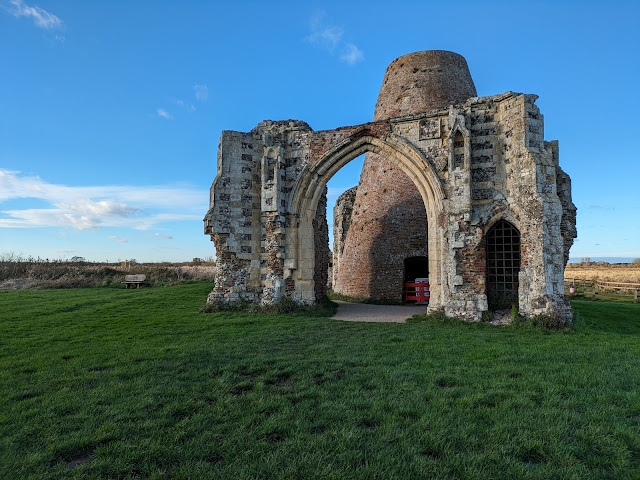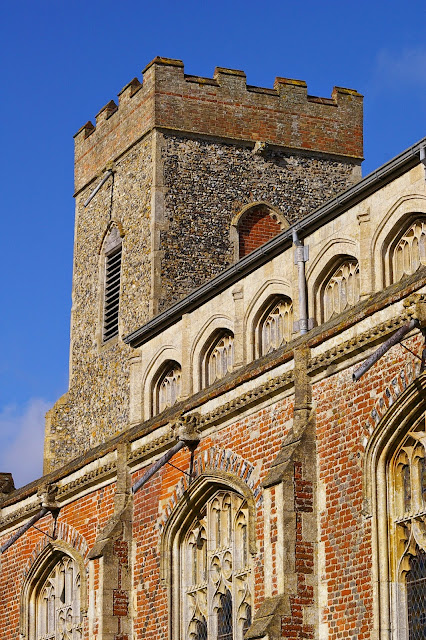Dragon Hunting at the Viking Exhibition at the Norwich Castle Museum
I was looking for clues to give me a better understanding of what I think of as "my Hautbois font-base."
 |
| Detail from Hautbois font-base. |
Bingo! I think I got the chap! He turns up on a grit stone tomb slab from beneath York Minster (YorkM: 1993.713)

At this alarm bells should ring! The Volsunga Saga is late 13th C. The earliest German versions of the story, in which Sigurd is called Siegfried, begin in 12th C!
A parallel story is told in the Anglo Saxon epic, Beowulf - a text that J.R.R. Tolkien argued must have come from the Conversion period, perhaps some date close to 700 C.E..
A parallel story is told in the Anglo Saxon epic, Beowulf - a text that J.R.R. Tolkien argued must have come from the Conversion period, perhaps some date close to 700 C.E..
The York sculptures above are dated to the 10th C. Consequently they pre-date Scandinavian visual depictions of the story from 11th C onward by 100 years and the Volsunga Saga by 300 years. The Jelling Cup, from the time of Harald Bluetooth's conversion to Christianity, in 965 C.E. much nearer in time and style.
Away from the Viking Exhibition, I also found depictions of our wyrm in the museum's general collection, particularly on book box and other fittings from North Elmham and Bawdsey.
North Elmham church was founded by St. Felix. Bawsey remained a monastic centre until the community was moved to St. Margaret's , Kings Lynn. But there is no evidence that our wyrms come from a time earlier than the 11th C.








Comments